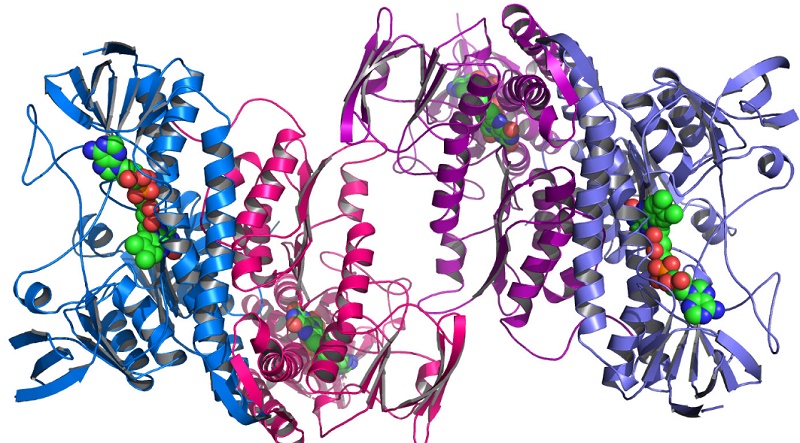Chapter: Genetics and Molecular Biology: Protein Structure
Protein Structure
Protein
Structure
Proteins carry out most, but not all, of the
interesting cellular processes. Enzymes, structural components of cells, and
even secreted cellular adhesives are almost always proteins. One important
property shared by most proteins is their ability to bind molecules
selectively. How do proteins assume their structures and how do these
structures give the proteins such a high degree of selectivity? Many of the
principles are known and are discussed.

Ultimately we want to understand proteins so well
that we can design them. That is, our goal is to be able to specify an amino
acid sequence such that, when synthesized, it will assume a desired
three-dimensional structure, bind any desired substrate, and then carry out any
reasonable enzymatic reaction. Furthermore, if our designed protein is to be
synthesized in cells, we must know what necessary auxiliary DNA sequences to
provide so that the protein will be synthesized in the proper quantities and at
appropriate times.
The most notable advances of molecular biology in
the 1980s involved nucleic acids, not proteins. Nonetheless, since DNA
specifies the amino acid sequence of proteins, our ability to synthesize DNA of
arbitrary sequence and put it back into cells means that the amino acid
sequences of proteins can also be specifically altered. Consequently, the pace
of research investigating protein structure dramatically increased around 1990.
Systematic studies of the structure and activity of proteins result-ing from
specific amino acid substitutions are now increasing greatly our understanding
of protein structure and function.
We examine the fundamentals of protein structure. Much of this information is discussed more completely in biochemistry or physical biochemistry texts. We review the material here to develop our intuitions on the structures and properties of proteins so as to have a clearer feel for how cells function. First we discuss the components of proteins, the amino acids. Then we consider the consequences of the linking of amino acids via peptide bonds.
A variety of forces are possible between amino
acids. Their origins are discussed and explained. These include electrostatic
forces, disper-sion forces, hydrogen bonds, and hydrophobic forces. These
forces plus steric constraints lead the amino acids along many portions of the polypeptide
backbone to adopt, to a first approximation, relatively simple, specific
orientations known as alpha-helices, beta-sheets and beta bends. Motifs within
proteins are recognizable structural elements. The structures of a number of
DNA-binding motifs will be discussed. Independent folding units of proteins are
called domains, and these will also be covered. Finally, physical methods that
can be used to determine the identity and strength of specific amino acid
residue-base interac-tions of DNA-binding proteins will be covered.
Related Topics